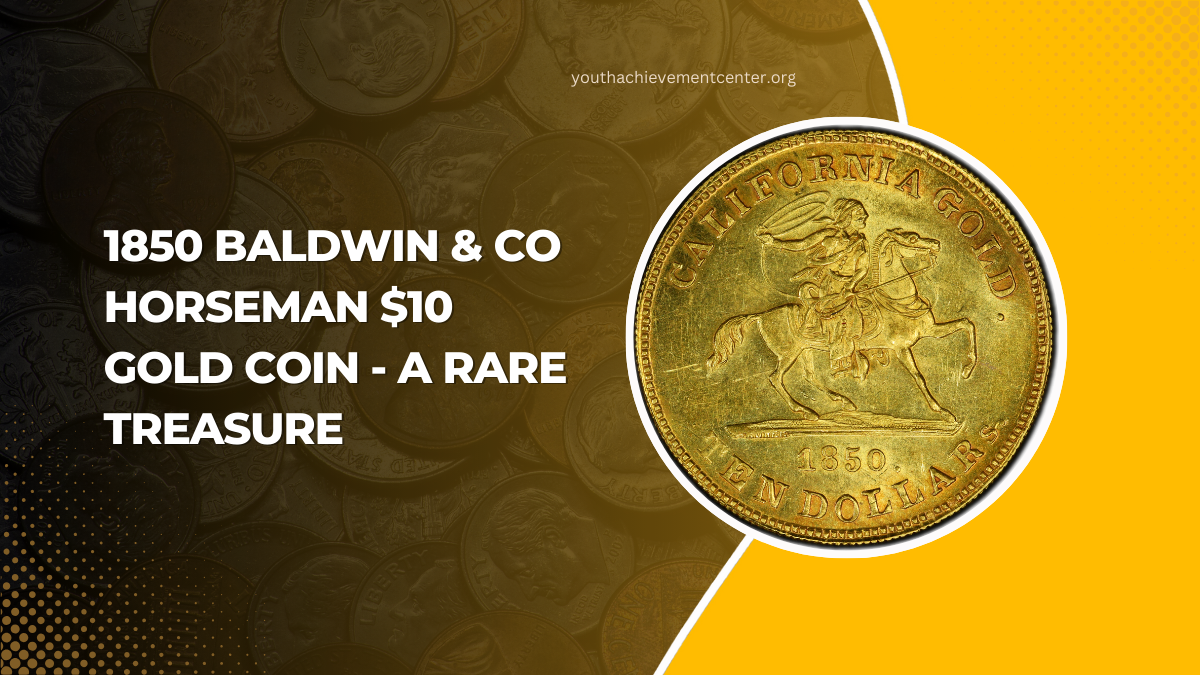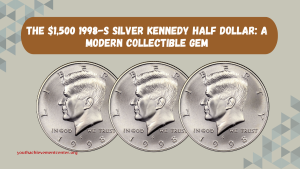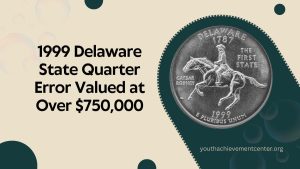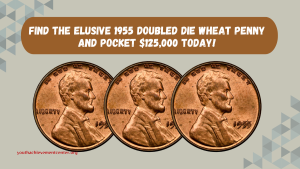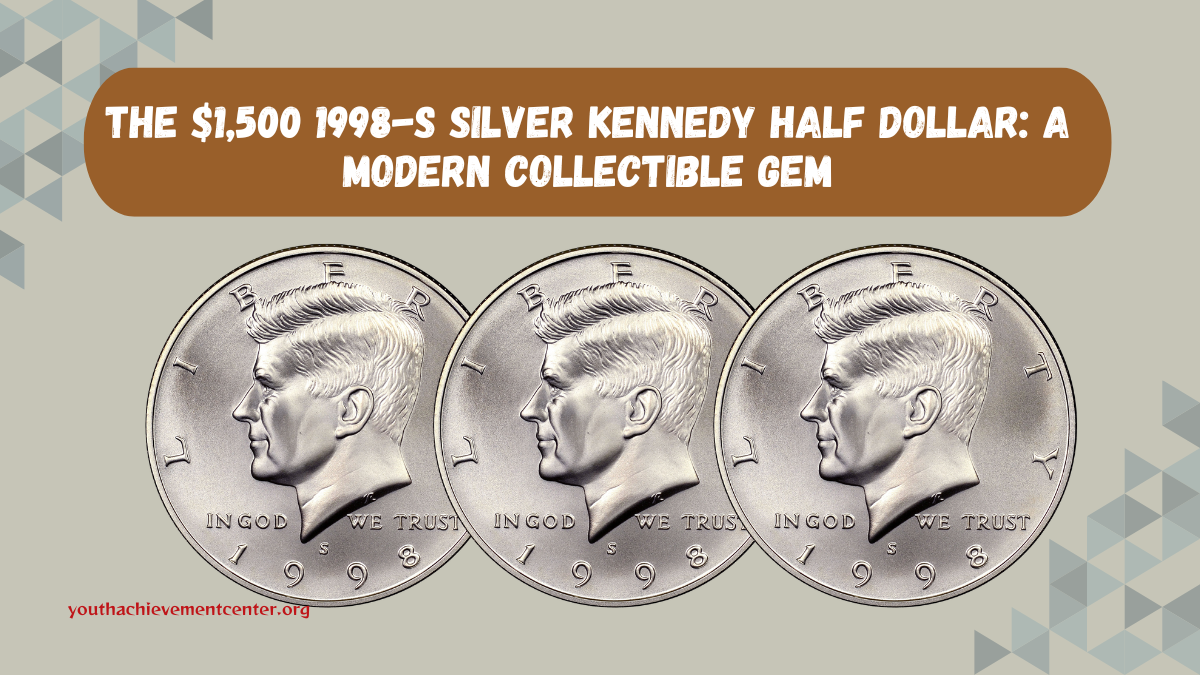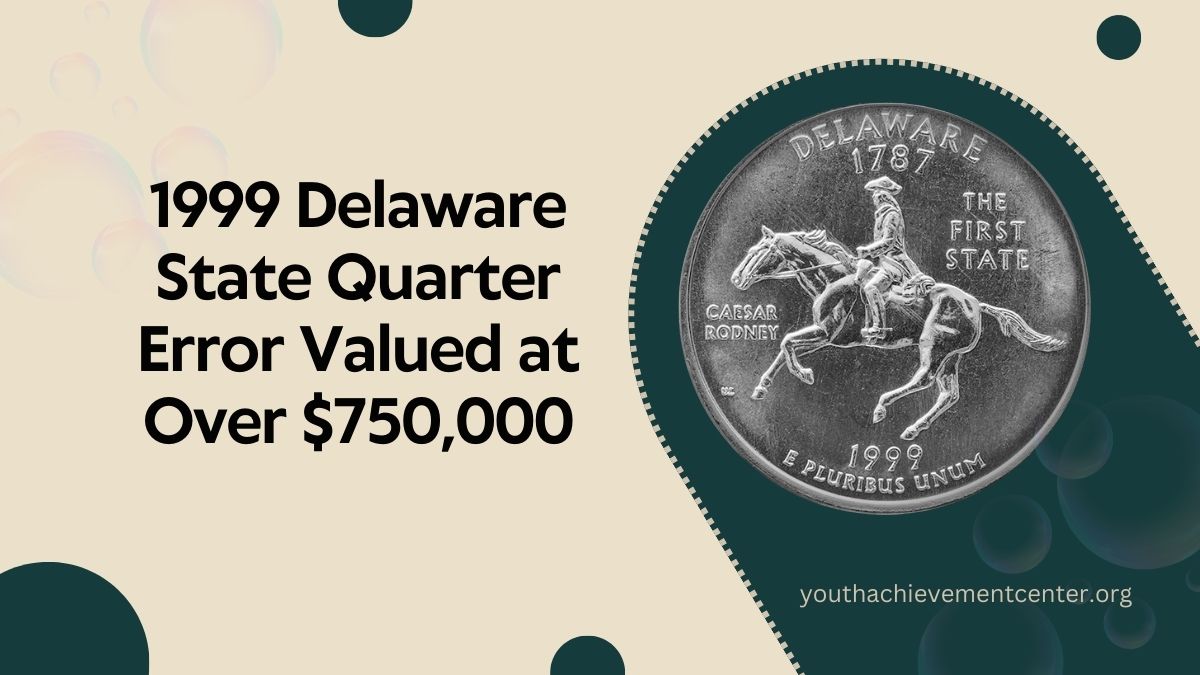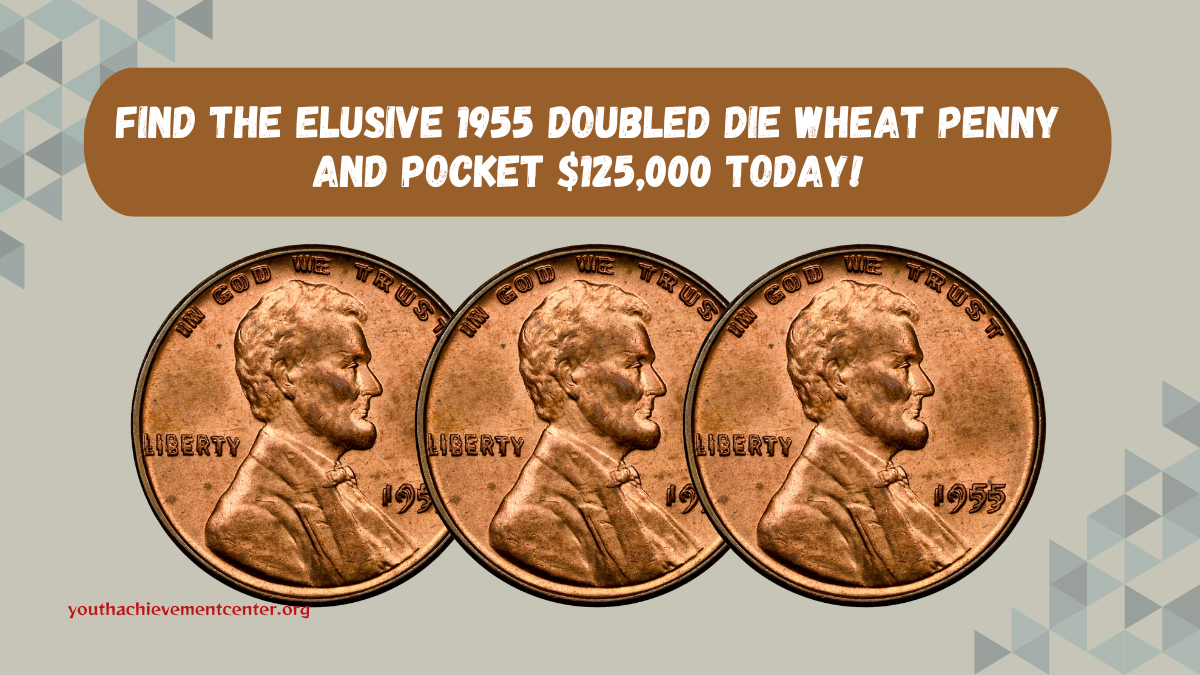The 1850 Baldwin & Co. Horseman $10 gold coin stands as a remarkable artifact from California’s Gold Rush era, reflecting the state’s rich cultural heritage and the entrepreneurial spirit of the time.
Its distinctive design and historical significance make it a coveted piece among numismatists and collectors.
Historical Context
During the California Gold Rush, the influx of gold and the absence of a federal mint in the region led to the emergence of private mints.
Baldwin & Co., established in San Francisco in 1850 by George Baldwin and Thomas Holman, was among these private enterprises. They produced $5, $10, and $20 gold coins to facilitate commerce in the burgeoning economy.
Design and Symbolism
The obverse of the 1850 Baldwin $10 coin features a vaquero, or horseman, with a raised lasso, encircled by the inscription “CALIFORNIA GOLD. TEN DOLLARS.” This imagery was inspired by an 1831 print titled “Californians Throwing the Lasso,” based on a watercolor by English explorer Frederick William Beechey.
The reverse displays the inscription “BALDWIN & CO. SAN FRANCISCO.” This design choice distinguished it from other private gold issues that often mimicked federal coinage, emphasizing its Californian identity.
Rarity and Collectibility
Approximately 12 to 15 specimens of the 1850 Baldwin & Co. Horseman $10 gold coin are known to exist today, with several in circulated or impaired conditions.
This scarcity, combined with its unique design, renders it highly desirable among collectors. In November 2024, a specimen graded MS-63+ by PCGS fetched $1,260,000 at auction, underscoring its significant value in the numismatic market.
Cultural Significance Of Gold Coin
The coin’s depiction of a vaquero highlights California’s Mexican heritage and the prominence of cowboys in the region’s history.
The term “vaquero” is the etymological root of the English word “buckaroo,” reflecting the cultural exchange between Spanish and English-speaking communities. This imagery serves as a tribute to the state’s diverse cultural tapestry during the mid-19th century.
| Year | Mint | Denomination | Design | Estimated Survivors |
|---|---|---|---|---|
| 1850 | Baldwin & Co. | $10 | Horseman (Vaquero) | 12-15 |
| 1850 | Baldwin & Co. | $5 | Eagle | Unknown |
| 1851 | Baldwin & Co. | $10 | Eagle | Unknown |
| 1851 | Baldwin & Co. | $20 | Eagle | Unknown |
The 1850 Baldwin & Co. Horseman $10 gold coin is a tangible link to California’s Gold Rush era, embodying the state’s historical and cultural narratives.
Its rarity and distinctive design continue to captivate collectors and historians alike, preserving the legacy of a transformative period in American history.
FAQs
What makes the 1850 Baldwin & Co. Horseman $10 gold coin unique?
Its distinctive design featuring a vaquero with a lasso, inspired by an 1831 print, sets it apart from other coins of the era. Additionally, its rarity, with only 12 to 15 known specimens, enhances its uniqueness.
Why were private mints like Baldwin & Co. established during the Gold Rush?
The absence of a federal mint in California during the Gold Rush led to a shortage of official coinage. Private mints filled this void by producing gold coins to facilitate commerce in the rapidly growing economy.
How does the coin’s design reflect California’s cultural heritage?
The depiction of a vaquero, a Mexican cowboy, acknowledges the state’s Mexican roots and the significance of cowboys in its history, symbolizing the cultural blend present during that era.
What factors contribute to the coin’s high value among collectors?
Its rarity, historical significance, distinctive design, and well-preserved condition are key factors that contribute to its high value in the numismatic market.
Are there other denominations produced by Baldwin & Co. with similar designs?
Baldwin & Co. also produced $5 and $20 gold coins; however, the $10 coin featuring the horseman design is particularly renowned for its unique imagery.

